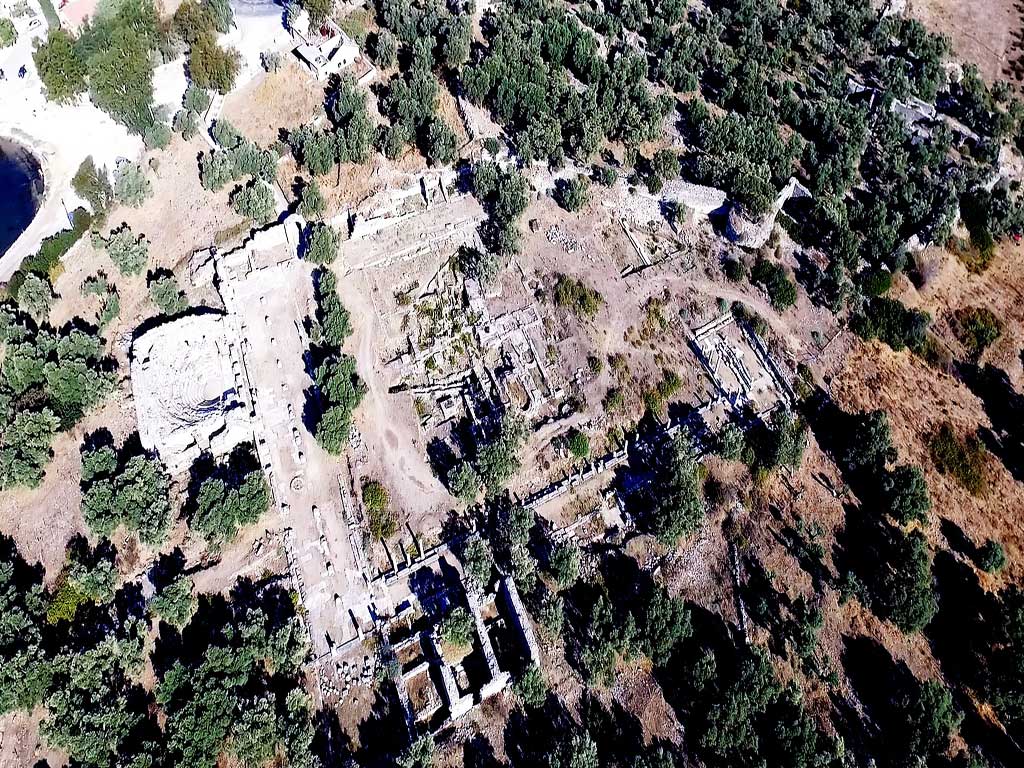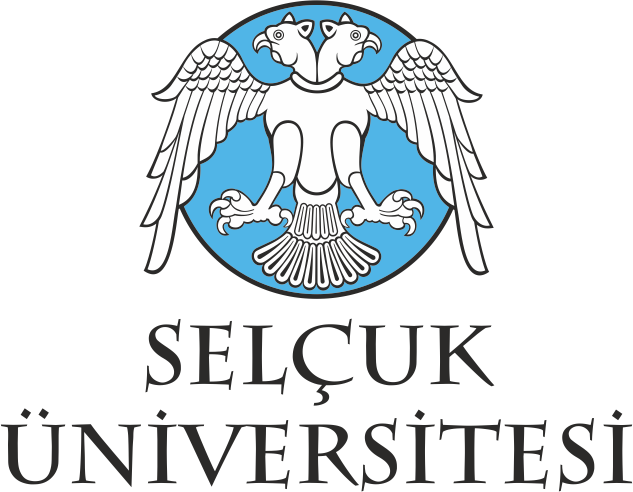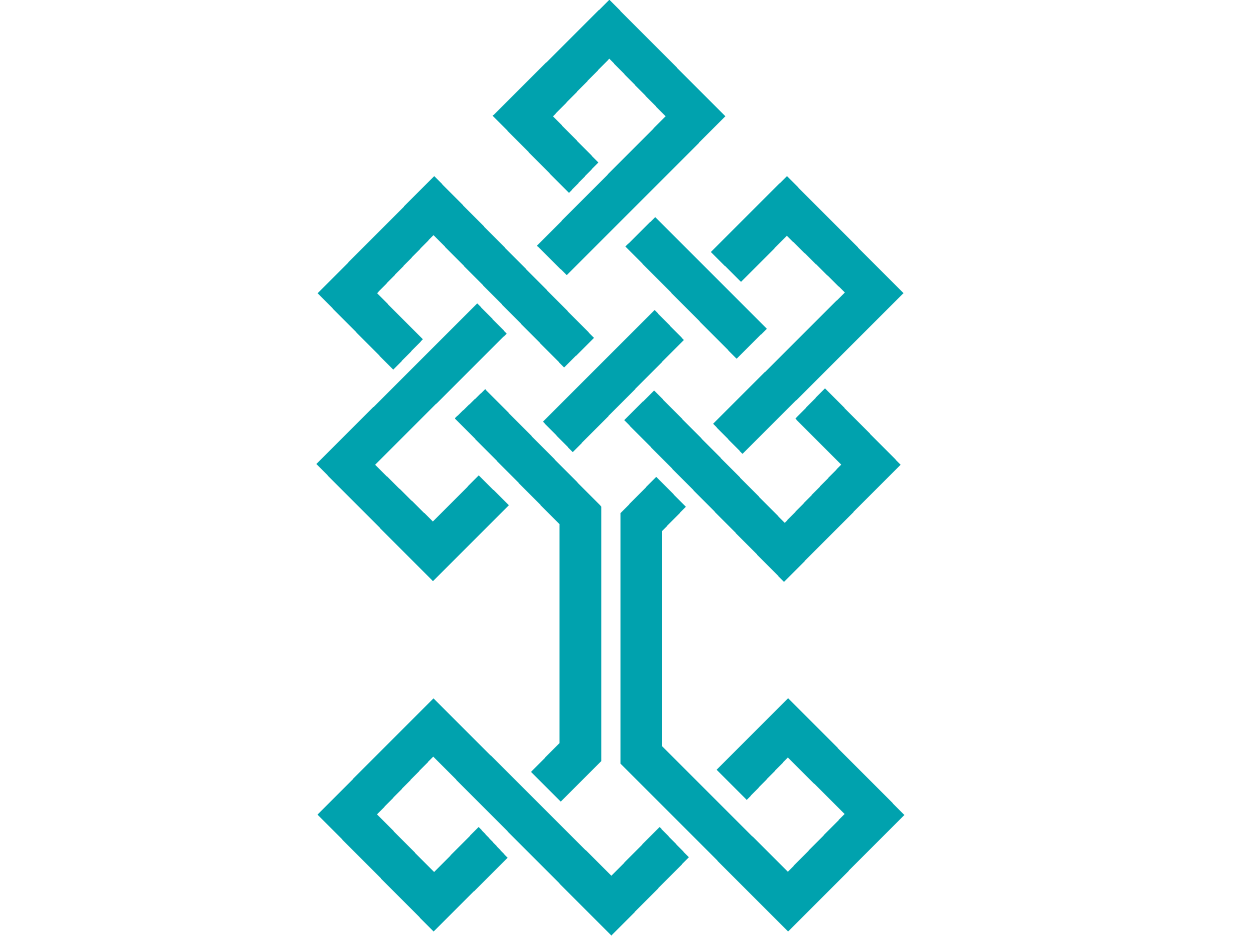The Area of the Agora

Here the excavations have uncovered a series of superimposed but not always easily distinguishable levels and structures. These attest, with some gaps, to occupation of the area from as early as the Chalcolithic - Early Bronze Age I to the late Byzantine period.
Although the earliest archaeological finds go back to at least the 3rd millennium BC, the earliest structures are the walls of some Bronze Age buildings (2nd millennium BC), upon which many tombs of a Geometric graveyard (8th –7th centuries BC) were built.
Probably during the 5th century BC a compact layer of small stone chips definitively sealed the lower levels: a small sacred building is linked to it, conventionally known as the ‘sanctuary of the double axes’.
The area changed function in the 4th century BC, becoming the principal square of the city: the stretches of wall in ashlar blocks visible along the north and east sides date to this period and delimited a wide space. The monumental entrance towards the residential quarters opened to the east.
In the 6th century AD a Christian basilica was erected in the central-east zone of the agora. It was surrounded by a vast necropolis, which remained in use until the 15th century.
With the passage of time, the remains of the agora were buried and its north-east corner was built over by a medieval castrum located near the isthmus. This fortification partly reused the ancient city walls, as is shown by the elegant arched gate incorporated into the side which looks onto the modern road. Inside it there are various buildings belonging to late Antiquity and Mediaeval times and also later works from the Seljuk and Ottoman period. It is possible that the first construction of the castrum took place in the context of the Byzantine reaction to Persian and Arab threats, in the 7th - 8th centuries AD.
To the following Augustan period belong two collections of votive offerings, consisting principally of lamps and fine table wares, found carefully hidden in some cavities in one of the bases for altars in the central area of the square.
Three belt plaques in bronze, decorated with relief figures of real and fantastic animals (lion, griffin, winged horse), were probably produced by local workshops: their iconographic repertoire clearly displays influence of Sassanid art, borrowed via the Byzantine world.
Although the earliest archaeological finds go back to at least the 3rd millennium BC, the earliest structures are the walls of some Bronze Age buildings (2nd millennium BC).

 Selçuk University
Selçuk University  Ministry of Culture & Tourism
Ministry of Culture & Tourism